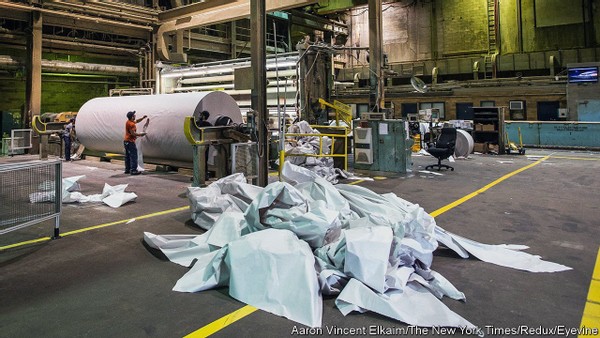It is that time of year where UK broadcast regulator Ofcom publishes its Media Nations report, and the headline story is a record generational divide between the younger Brits raised on streaming and the old-habits-die-hard older population still propping up traditional linear TV.
According to the eagerly anticipated annual report, people aged 16-24 spend 53 minutes in front of broadcast TV on an average day, down 66% over the past decade. Adults aged over 65 by contrast spend an average of 5 hours and 50 minutes per day watching broadcast TV, slightly higher than 10 years ago.
While nine in ten 18-24-year-olds typically bypass TV channels and head straight to streaming when looking for something to watch, 59% of 55-64-year-olds and 76% of those aged 65+ still turn to TV channels first.
But while this dichotomy is one which has dominated discussions surrounding the report, there are plenty of other aspects of this inquiry into UK video consumption worth examining more closely.
YouTube, not Netflix or Disney, is the dominant force in video streaming
The average brit spends 5 hours and 16 minutes per day consuming video. Of that total, 59% of it is broadcast content; 144 minutes on live TV, 28 minutes on recorded playback and 15 minutes on BVOD.
SVOD decline and cost-of-living
This is not to say that the trio of streamers are struggling by any means. A fifth of UK homes (5.2 million) subscribe to all three platforms, at a cost of around £300 per year per household. To once again do the sums, means consumers in the UK are spending roughly £2.02 billion per year on Netflix, Prime Video and Disney+ – and that’s just from households with all three. The real total from across the entire country from each of these services is astronomically higher.
Households subscribing to one or more of Netflix, Amazon Prime Video and Disney+, and overlaps between them (millions): Q1 2022
SVOD services broadly, including the big three, were used by 67% of UK households in Q2 2022, marking a slight decline from a peak of 68% in Q1.
Pubcasters demonstrating their value
Almost a third of the report is dedicated to public service broadcasting, but the main takeaway in this regard is that there is “broad satisfaction with public service broadcasting among those who watch it.”
A little more than two-thirds of PSB audience (67%) said they were satisfied by PSBs over the first half of 2022, while only 12% said they were dissatisfied. Crucially at a time when misinformation is rampant across social media and the wider internet (I’m looking at you, YouTube), PSBs are viewed as a trusted source of accurate UK news.
PSBs have seen audiences and levels of viewing continuing to fall, with the weekly reach of PSB channels falling to 76% of all individuals (down from 80% in 2019), while only 47% of 16-24-year-olds watch at least 15 minutes of PSB channels in an average week.
In summary
Overall, Ofcom’s Media Nations 2022 report paints a picture of a UK that is in change. There is a clear generational divide both in terms of how Brits want to watch video, but also where they want to get it from.
Concerns of cost are increasingly impacting the once stable growth market of SVOD, and users are seeking alternative options which either offer content for free in exchange for advertising or at a discounted price.
But while there is a lot of change, the reliable institutions of PSBs are continuing to provide Brits with stability and a reliable source of entertainment and information, even if they’re doing it away from the traditional means. I would not be so trite as to argue a cliche like ‘the more things change, the more they stay the same,’ but there is undoubtedly comfort provided by these historical mainstays which should ensure support from the public even as the government attempts to dismantle them.
The 2023 report will surely give us a bleaker outlook as the cost-of-living crisis engulfs the country, but for now at least there is some room for reserved optimism.










